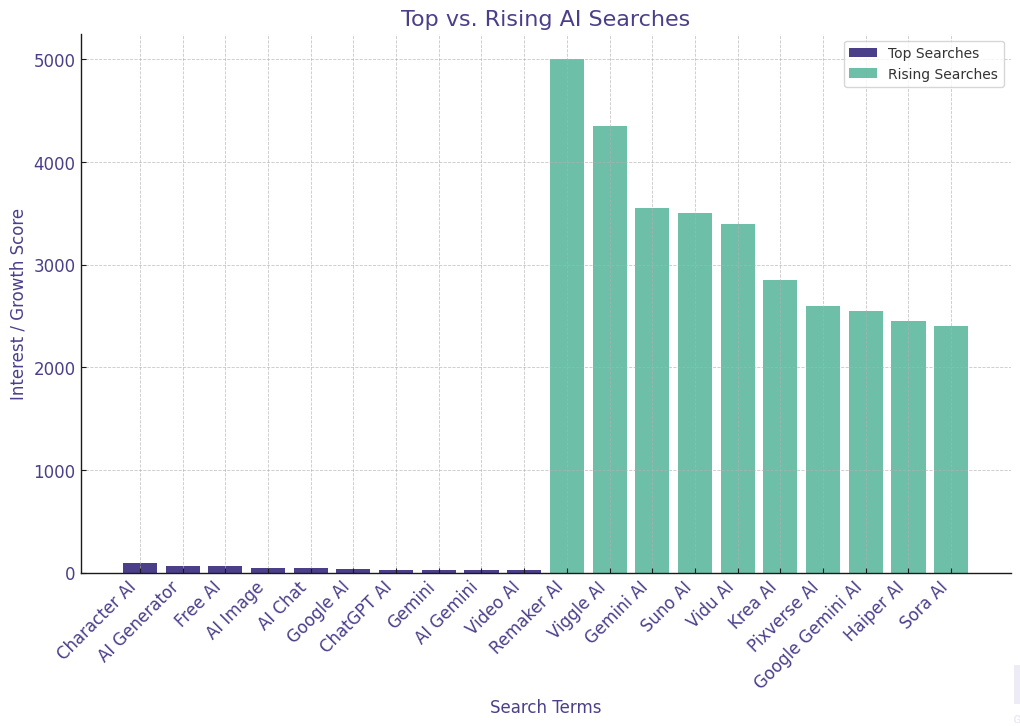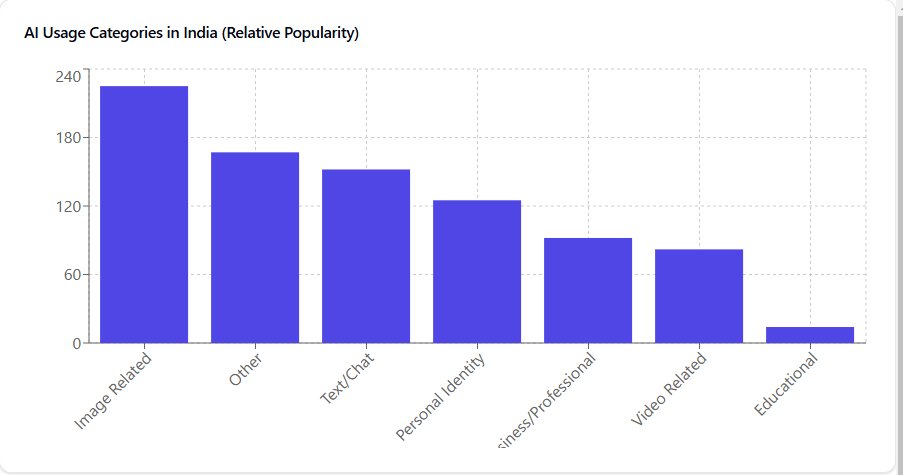
Prayagraj Diaries: A Lifelong Journey through Faith, Rituals, and Self
Introduction: A Living Connection with the Ganga
Growing up along the sacred banks of the Ganga in Prayagraj, my relationship with Sanatan Dharma was not something inherited but something lived and felt deeply. The river wasn’t just a water source; it was a flowing chronicle of centuries-old devotion, a silent witness to humanity’s search for purpose. Every year, the Magh Mela transformed Prayagraj into a living mosaic of faith, a space where seekers from all over gathered to celebrate the divine. From a young age, I watched in awe as sadhus, pilgrims, and families immersed themselves in rituals that embodied the many faces of the divine, each in their own way.
These early encounters by the Ganga were my first steps into a larger journey. The sights and sounds surrounding me stirred questions that would evolve over time, taking me beyond the external rituals toward a deeper understanding of Sanatan Dharma as a path of self-discovery, a philosophy rooted in universal truth.
The Magh Mela: A World Beyond the Ordinary
The Magh Mela was, in many ways, a microcosm of Sanatan Dharma itself—diverse, inclusive, and transformative. For one month every year, the riverbanks would pulse with the hum of devotion. Pilgrims arrived from distant corners, setting up temporary homes along the riverbanks for Kalpavas, a month dedicated to meditation, simplicity, and worship. Life here was stripped down to essentials; people cooked, ate, and rested beside the Ganga, drawing strength from one another and the river’s ancient presence.
Among the many sights, the Naga Sadhus stood out, their ash-covered bodies embodying fierce asceticism. They moved with a quiet power that commanded reverence. Watching them felt like witnessing a manifestation of Shiva himself—unconstrained by norms, yet deeply spiritual. The Naga Sadhus, with their unique way of worship, taught me early on that Sanatan Dharma is vast and boundless, embracing paths that go beyond societal expectations. This openness captivated me, planting the seeds of an understanding that true spirituality is as infinite as the river itself.
Childhood Questions and the Quest for Meaning
As I observed these traditions unfold, I found myself filled with questions. The dedication with which people performed rituals sparked my curiosity. I would approach the sadhus with questions that arose from the simplicity of a child’s mind but held profound undertones. “If everything is predetermined,” I would ask, “why do we need heaven or hell? Isn’t this all just part of God’s plan?” While their responses sometimes seemed incomplete, I understand now that perhaps I wasn’t yet ready for the depth of their answers.
Raised in a Brahmin family, I participated in rituals—ringing bells, reciting prayers, offering flowers. Yet, even then, I sensed that true devotion transcended these actions. If God exists, I reasoned, He must value sincerity over formality. To me, Sanatan Dharma represented a freedom to seek and experience faith in a way that felt genuine, unbound by obligation. This was the beginning of my understanding that spirituality, to be authentic, must come from within.
Evenings of Unity: ISKCON and the Chants by the Ganga
The Magh Mela was not just a space for sadhus and traditional pilgrims; it also drew seekers from diverse backgrounds, including ISKCON devotees from around the world. Every evening, as the sun descended, the chants of “Hare Krishna, Hare Rama” filled the air, mingling with the murmurs of the Ganga. ISKCON’s devotees, with their unbridled joy and radiant expressions, appeared to be lost in a divine love that transcended language and culture, a living symbol of unity in diversity.
I often found myself mesmerized by this scene: the setting sun casting an amber glow over the river, the air alive with devotion, and thousands standing in silent witness. In those moments, every soul felt interconnected, uplifted by a collective sense of reverence. It was a profound reminder of the beauty of Sanatan Dharma—a space where different paths meet, where each person, regardless of origin, finds belonging.
Sacred Sites and a Legacy Rooted in Miracles
Prayagraj is more than my hometown; it’s a repository of legends and miracles that speak to a living faith. One such marvel is the Lete Hanuman Temple, where the reclining idol of Hanuman ji defies logic. When British authorities attempted to remove the idol, it inexplicably sank deeper into the earth, as if proclaiming that it was here to stay—a divine intervention beyond human control.
Nearby stands the Akshayavat, an ancient tree believed to be immortal, a silent witness to countless generations. For me, this tree is more than a symbol; it’s a reminder of the eternity of Sanatan Dharma, a philosophy as ancient as the earth itself. Not far from here lies the Bharadwaj Ashram, where Ram is said to have visited. Ram, to me, is not just a deity but the embodiment of the highest ideals of humanity—compassion, strength, honor. Visiting these places instilled in me a sense of connection to a lineage and a legacy rooted in resilience, devotion, and timeless wisdom.
My Lineage and Ram’s Acceptance of the Saryupari Brahmins
Born into the Shukla Garg Brahmin lineage, I share a unique ancestral bond with Ram. According to family tradition, when Ram sought to atone for Brahmanicide, only a few Brahmins, including Rishi Garg, agreed to assist him with the yajna. For this, they were shunned by the larger community but remained steadfast in their duty. In gratitude, Ram released arrows in three directions to mark their lands, one of which landed here, across the Ganga. This story is more than family lore—it’s part of my heritage, a reminder of my connection to Ram as an ideal I aspire to embody.
To me, Ram represents more than devotion; he is a mirror of my values, a symbol of integrity, compassion, and honor. Through him, I glimpse an ideal society—Ramrajya—where justice, kindness, and responsibility reign. Ram’s character continues to inspire me, urging me to live with purpose and a sense of duty that extends beyond the self.
The Seeds of a Lifelong Journey in Sanatan Dharma
Reflecting on these experiences, I see that the Magh Mela was only the beginning of my journey into Sanatan Dharma. Surrounded by diverse beliefs, rituals, and philosophies, I came to understand Sanatan as a path that celebrates individuality while embracing unity. This journey has guided me towards self-discovery, encouraging me to cultivate my unique expression of faith.
These early moments by the Ganga laid the foundation for my spiritual path, leading me toward Advaita, the philosophy of non-duality. In Advaita, I found a worldview that sees divinity in unity rather than separation. The vivid memories of the Magh Mela—the Naga Sadhus, the ISKCON chants, the timeless Ganga—remind me that Sanatan is a celebration of life’s diversity and an invitation to explore the ultimate truth that binds us all.
Conclusion: A Journey from Ritual to the Self
In reflecting on my journey with Sanatan Dharma, I see that it transcends tradition, rooted in a personal search for meaning and a deeper connection with the self. These experiences are not merely about faith or ritual; they speak to an enduring bond with the divine that goes beyond words. From the banks of the Ganga to the timeless truths of Sanatan Dharma, my story is a journey inward—a path that reminds me that spirituality is as boundless as the river, as inclusive as the Mela, and as profound as the ideals of Ram.
As I continue along this path, I am guided not by ritual alone but by the silent call to uncover the truths that lie within. This journey through Sanatan Dharma is a celebration of life, a commitment to unity, and a reminder that every soul, every path, is part of the infinite whole that Sanatan encompasses.





